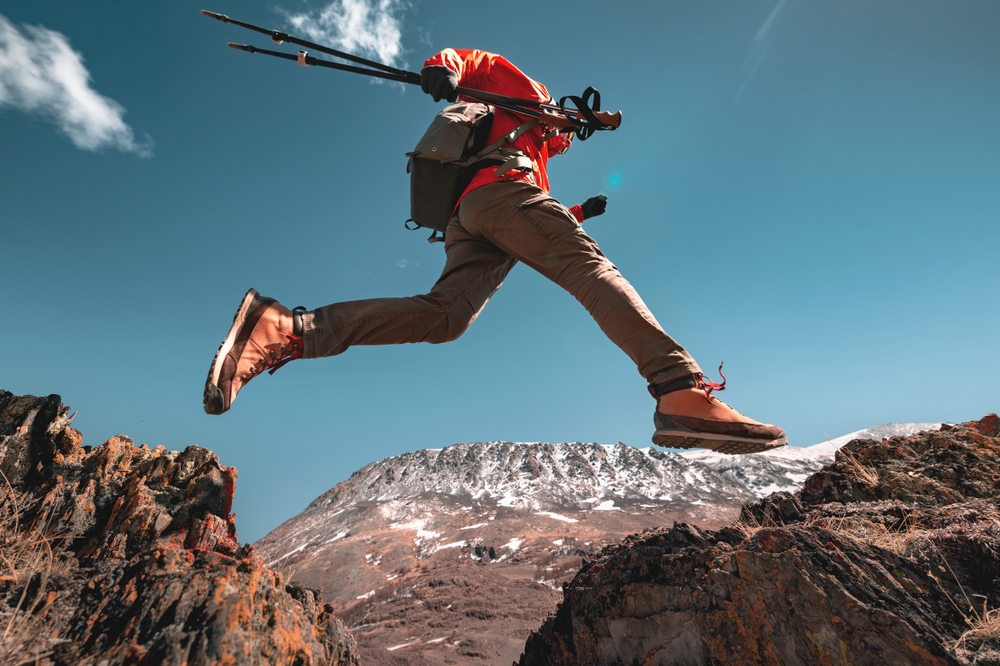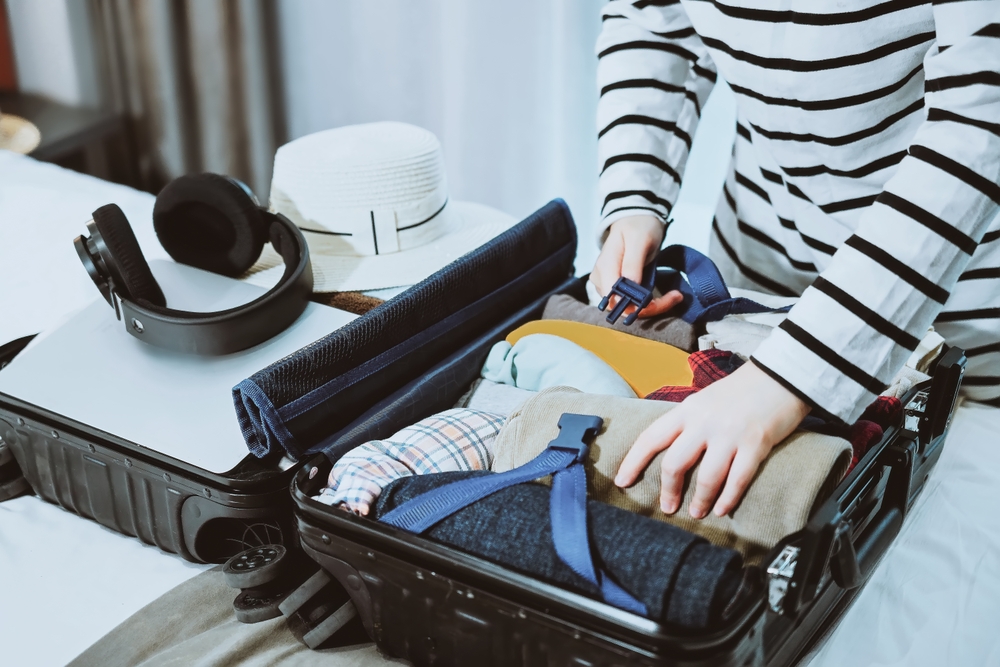Exploring some of the coldest tourist destinations in the world means extreme temperatures and stunning winter landscapes. These icy locales, often situated in remote and rugged regions, provide a wealth of activities and attractions that cater to adventure seekers and nature enthusiasts alike. From the mesmerising dance of the Northern Lights to encountering diverse Arctic wildlife, these destinations captivate visitors with their stark beauty and serene, otherworldly environments. Check these coolest and coldest tourist destinations from around the world.
1. Antarctica
Antarctica, the southernmost continent, is an icy wilderness of immense scale and stark beauty. It is the coldest, driest, and windiest continent, with temperatures dropping below -60°C in winter. The landscape is dominated by ice sheets, towering glaciers, and floating icebergs. Despite its harsh conditions, Antarctica is home to a diverse array of wildlife, including penguins, seals, and whales. Visitors typically reach the continent via expedition cruises, where they can experience the pristine environment, witness stunning ice formations, and observe wildlife in their natural habitat.
2. Svalbard, Norway
Svalbard is an archipelago in the Arctic Ocean, situated halfway between mainland Norway and the North Pole. Known for its remote and rugged terrain, Svalbard features glaciers, fjords, and mountains. Winter temperatures can drop to -20°C. The region is a haven for polar bears, Arctic foxes, and various bird species. Svalbard offers unique experiences such as polar bear safaris, glacier hiking, and viewing the Northern Lights. Longyearbyen, the largest settlement, serves as the main gateway for travellers exploring this Arctic wilderness.
3. Lapland
Lapland encompasses areas in northern Finland, Sweden, and Norway, and is known for its vast wilderness, snow-covered landscapes, and rich Sami culture. Winter temperatures can plummet to -40°C. The region is famous for its opportunities to see the Northern Lights, experience midnight sun, and enjoy winter activities such as dog sledding, reindeer safaris, and snowmobiling.
4. Tromsø, Norway
Tromsø, located in northern Norway, is often called the “Gateway to the Arctic.” It is renowned for its stunning Arctic scenery, vibrant cultural scene, and as one of the best places to view the Northern Lights. Winter temperatures can drop to -20°C. Tromsø is a lively city with attractions such as the Arctic Cathedral, Polaria Arctic aquarium, and the Tromsø University Museum.
5. Churchill, Manitoba, Canada
Churchill, a remote town on the shores of Hudson Bay in northern Manitoba, is known as the “Polar Bear Capital of the World.” Winter temperatures can drop to -30°C. Churchill is famous for its polar bear viewing opportunities, particularly in October and November when bears gather near the town waiting for the bay to freeze.
6. Reykjavik, Iceland
Reykjavik, the capital of Iceland, is a vibrant city known for its modern architecture, rich cultural scene, and proximity to natural wonders. Winter temperatures can range from -10°C to -20°C. Reykjavik offers attractions such as the Hallgrímskirkja church, Harpa Concert Hall, and various museums and galleries. It serves as a base for exploring Iceland’s geothermal spas (like the Blue Lagoon), waterfalls, geysers, and volcanic landscapes.
7. Rovaniemi, Finland
Rovaniemi, located in Finnish Lapland, is known as the “official” hometown of Santa Claus. Winter temperatures can drop to -30°C. Visitors flock to Santa Claus Village to meet Santa, cross the Arctic Circle, and send postcards from the Santa Claus Post Office. Rovaniemi also offers a range of winter activities such as reindeer sleigh rides, husky safaris, and snowmobiling.
8. Lake Baikal, Russia
Lake Baikal, located in Siberia, Russia, is the world’s deepest and oldest freshwater lake. Winter temperatures can drop to -30°C. Known for its crystal-clear waters and unique ice formations, Baikal offers stunning winter scenery. Visitors can experience ice skating, dog sledding, and ice fishing on the frozen lake. The lake is home to the unique Baikal seal and numerous endemic species.
9. Helsinki, Finland
Helsinki, the capital of Finland, is a city that blends modern design with rich history. Winter temperatures can range from -10°C to -20°C. The city is known for its architectural landmarks, including the Helsinki Cathedral, Suomenlinna Fortress, and the contemporary design of the Kamppi Chapel. Helsinki offers a vibrant cultural scene with numerous museums, galleries, and festivals.



